Running for Beginners Who Want to Race or Just Gain Fitness
It’s true that all running for beginners entails is a pair of running shoes (here are some tips for buying the best running shoes) but without a plan of action, or a schedule, you might be overwhelmed or left to wondering how you should go about taking on, and entering the realm of running?
Knowing what you are supposed to be doing is critical in avoiding injuries.
Running will make you fit and marathon ready but over-zealous running can force you to have to stay on the couch and only dream of all of your goals.
Here is an action plan to get you off the couch and help you to begin running so that you can run a race or two down the road!
Related Pages: Couch to 5k Training: How to Successfully Train for Your First Race
5 Step Plan of Action for Running for Beginners Who Want to Race or Just Gain Fitness
STEP 1: Start Slowly: Set a goal to run only 3 days in the first weeks.
Tortoise it! Build up gradually. Almost all the experts recommend only 3 running days a week when you first start out.
Remember: only 3!
Why 3?
Running can be very stressful on your body when you are first starting out. Running 3 days a week will ease you into it. If you are running every other day, your body will have time to recover in between days leaving you replenished with energy.
Also, in order to gain fitness you need to be exercising at least 3 days a week.
Working out 2 days will only increase your fitness slightly but at 3 days per week your fitness gain jumps dramatically.
As you become a regular runner you will be able to increase the number of days per week that you run to as many as 6. A good balance is 4-5 running days with 2-3 rest days each week and perhaps a day of cross training.
Follow this guide to get from walking to running 30 consecutive minutes!
Note: if you have the goal of training for a marathon or any running race then the most important factor at this stage is building a base. Do this by slightly increasing the distance you run each week. Keep your mileage increase to no more than 10% each week.

STEP 2: Mix it up with some cross training.
Cross training will put a different stress on your body that will let your running muscles recover and rejuvenate.
When first starting out (and even when you are marathon training) one day of cross training is plenty to re-juice.

Benefits of Cross training as a beginner runner:
Benefits of cross training as a beginner runner:
1. It reduces your risk of injury.
You will be giving your running muscles a break and a chance to recover while building other muscles to help support you in your running. A stronger body overall is a body less prone to injuries.
2. Targets different muscle fibers.
When you are long distance running, you are targeting, almost completely, your slow-twitch muscle fibers which allows you to perform exercise for long periods of time.
Therefore, depending on what cross training activity you partake you will be targeting more of your fast twitch muscle fibers which don't allow you to exercise for a long period of time but do allow you to do more powerful, fast actions such as in weightlifting and sprinting.
STEP 3: Incorporate
the long runs.
This is the most important portion of your training if your goal is racing.
Long runs will increase your cardiovascular health making your body able to go the distance more efficiently and comfortably.
When you go to race and drive your muscles to their limits they will not let you down if you have been vigilant with your long runs.
To add the long run to your running schedule, increase your longest run each week by one mile.
If you’re intention is to run a 10k then increase until you hit 8 miles.
A ½ marathon? Increase until you hit 11 to 12 miles.
Full marathon? Increase until you hit 12 miles and then start increasing your long runs by 2 miles every week or every other week.
If your goal isn’t to race but just to gain fitness then you can still use the same concept even if your longest run is 3 miles.
A good tip for beginners is to first focus on the length of time you are running, building up to at least 30 minutes. Then when you feel ready, start focusing on how far you go.
Right now though, let’s stay focused running for beginners and setting yourselves up for the training.
STEP 4: Add Hill Training.
Hills will add strength and power to your legs. You must have strength if you eventually want to do speed work.
Running hills can be highly fatiguing so only ever do one hill workout a week. Do not immediately start running hills when you begin ready.
First get your body used to running and then after a few months you can add the rigors of hill workouts if you feel ready. A good prep to doing hill repeat workouts is to add in some hill sprints one to two times a week to during your runs before officially starting any hill training.

STEP 5: Add Speed Workouts.
After, and only after you have done a couple of weeks of hill workouts (about 4-6 weeks) should you attempt to add some speed training to your program.
Speed workouts are necessary in order for you to become faster and reach a time goal but be careful! You run the risk of injury if you don’t follow some strict guidelines. As with hills only incorporate one speed workout a week.
As a beginner runner it is actually not necessary to incorporate speedwork into your running routine. However it can spur you on quicker to bigger and better things faster.
Remember that this 5 Step Plan is basic running for beginners program for those with the intention of racing or even just gaining fitness.
Only once you have been consistently running for at least 6 months to a year and averaging about 25 miles a week with no injuries should you attempt to train for a marathon.
You may want to pepper in some 5k’s, 10k’s and even a half marathon to mix it up a bit when you feel ready.
Then, and only then start on your marathon goal. (Here is the beginners marathon training program.)
If you follow this running for beginners guide you will set yourself up for success and an exciting future of running!
Have fun! Go run!
Related Pages:
I'd Love to stay in touch!
Join 23,000+ Other runners and receive my weekly training newsletter!
I'll send you my free 24 Hour Timeline Checklist of Things You Should Do After a Long Run when you sign up!
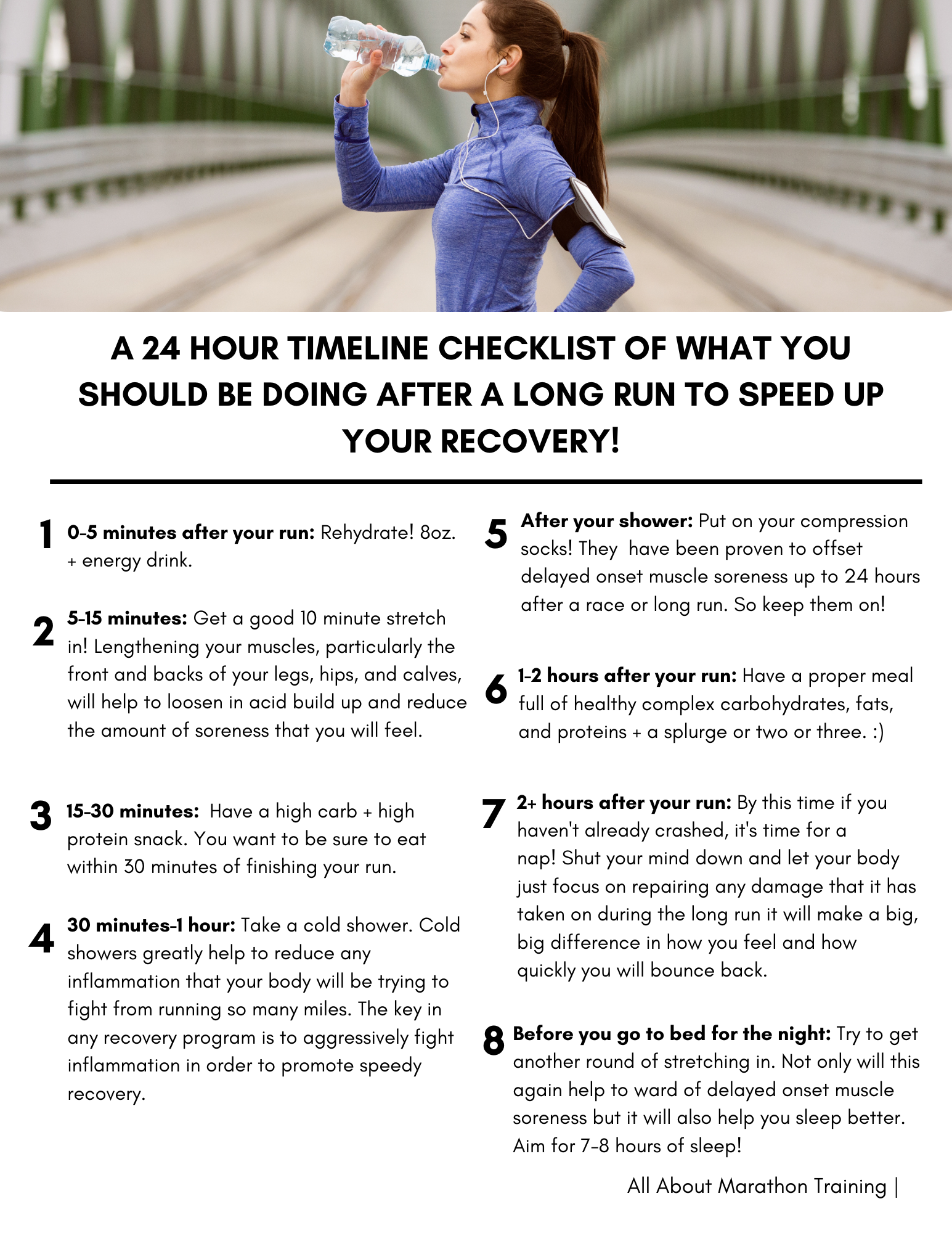
As featured on:


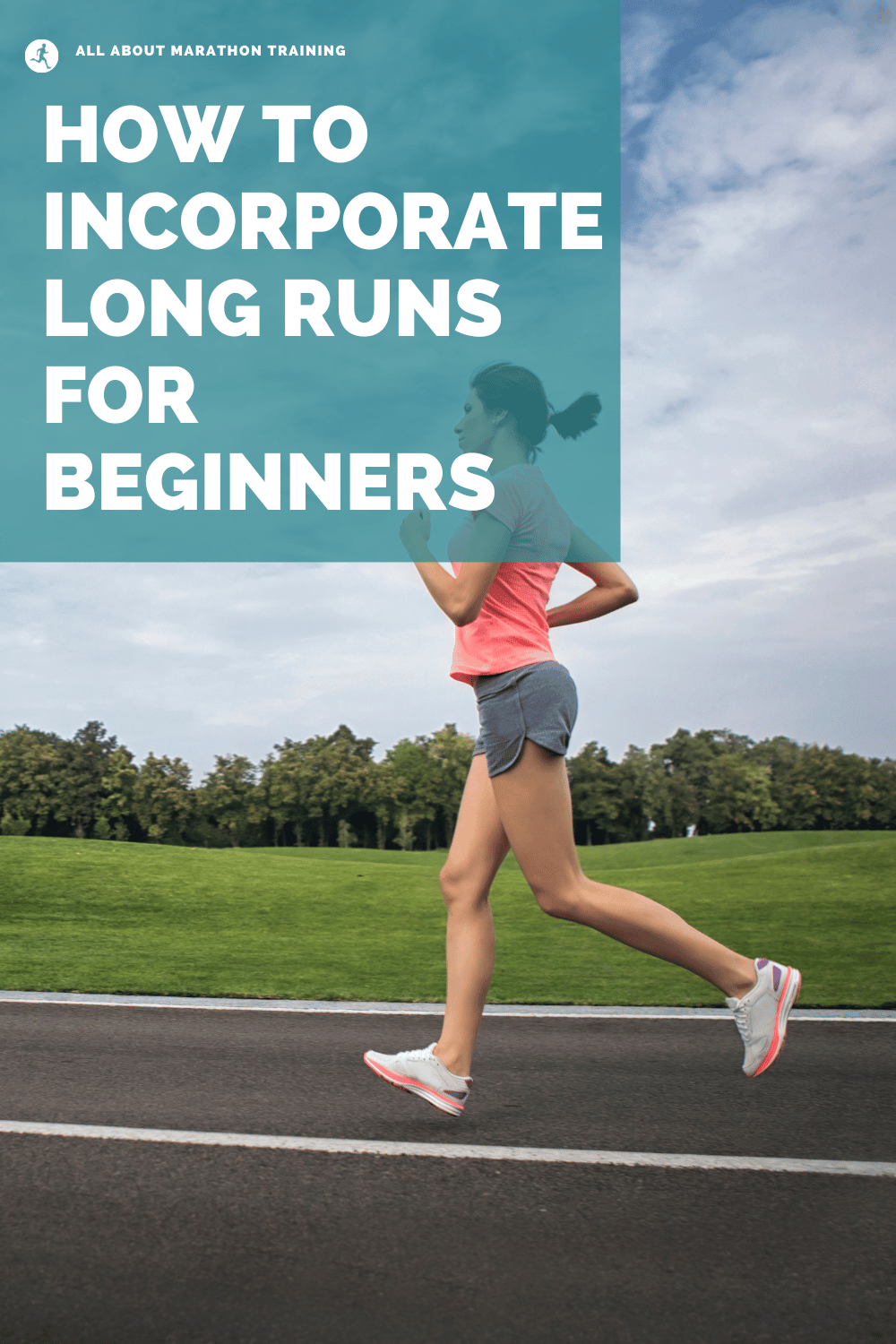
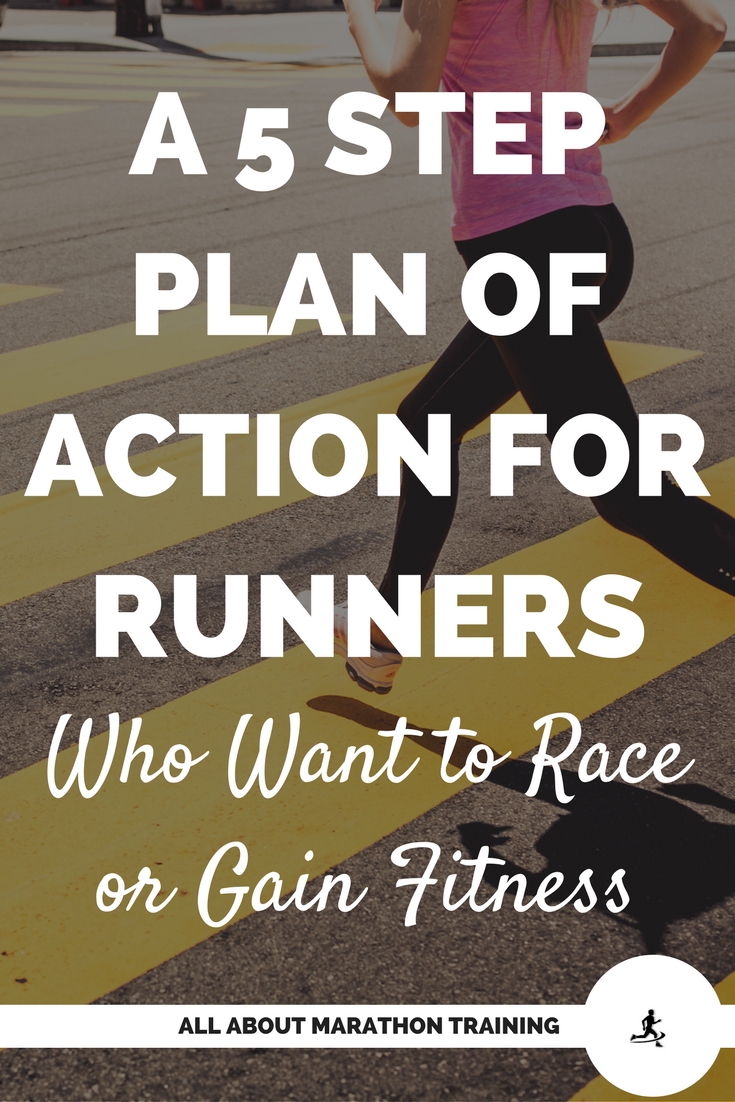
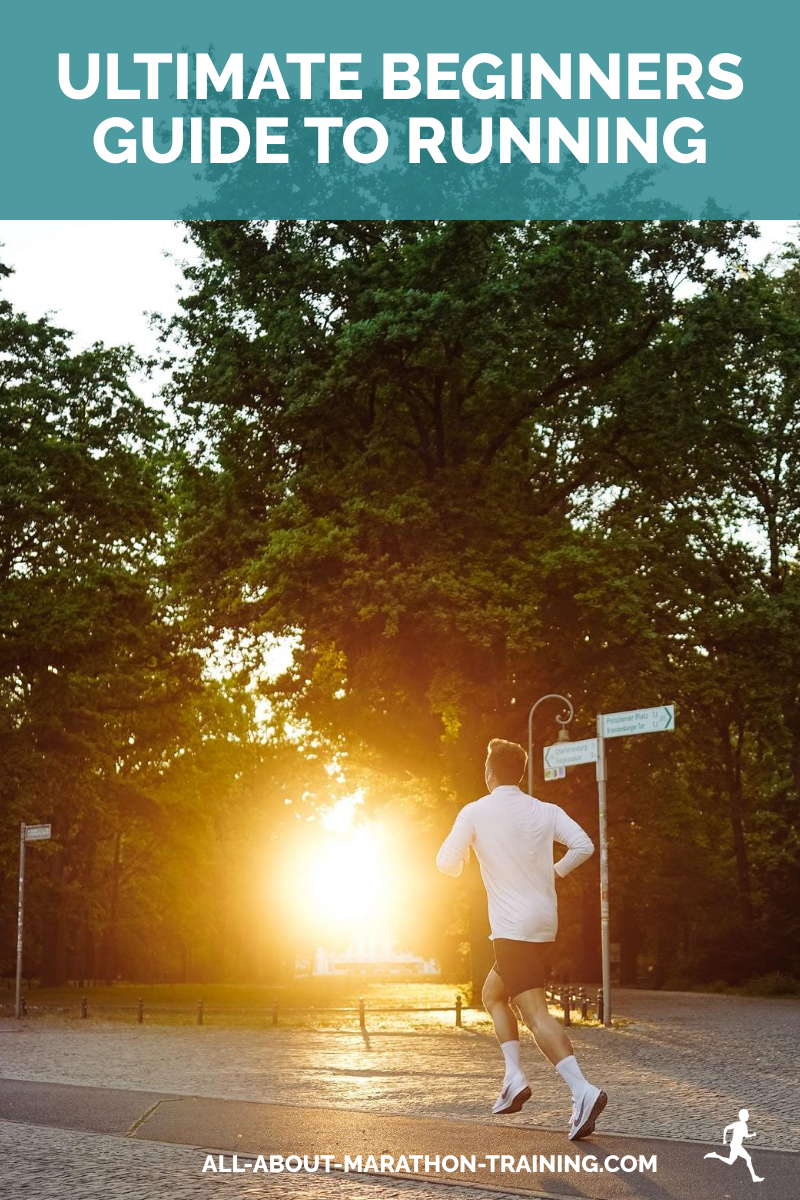
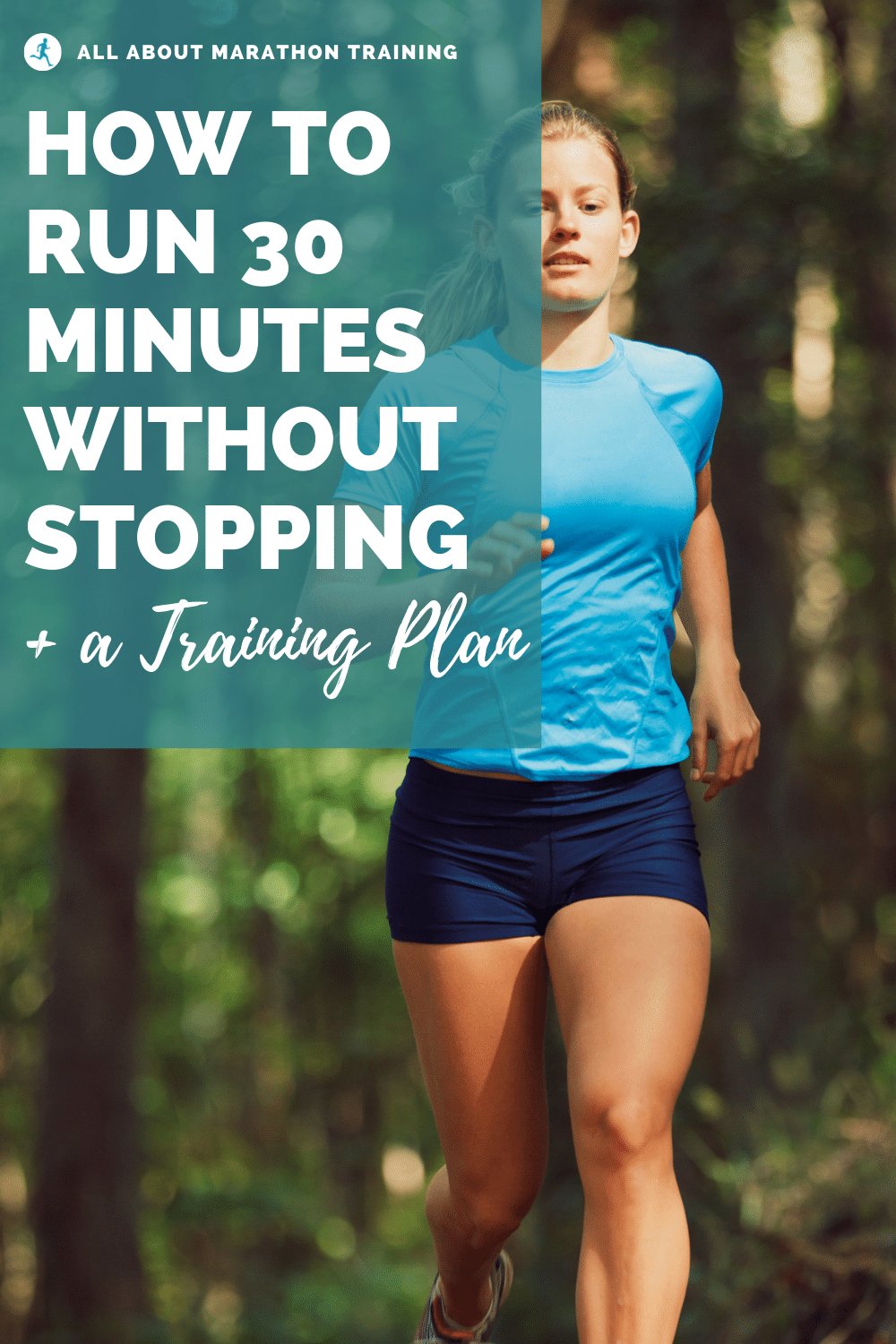

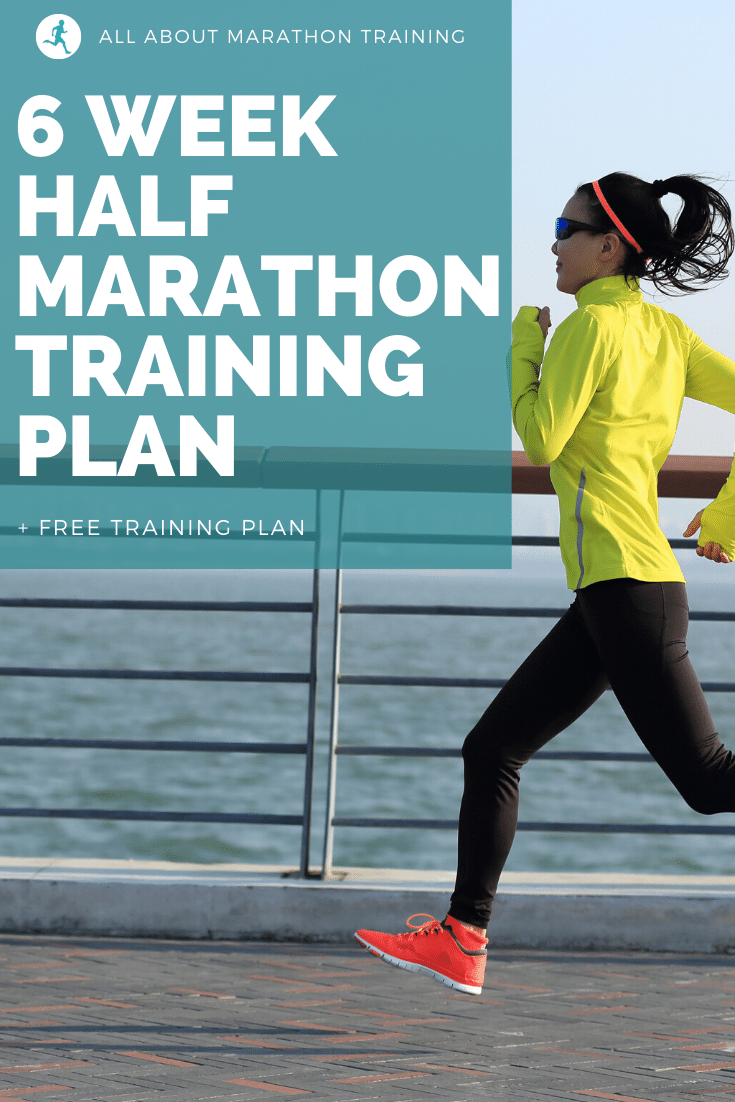


New! Comments
Have your say about what you just read! Leave me a comment in the box below.